当前位置:网站首页>Calculation of time and space complexity (notes of runners)
Calculation of time and space complexity (notes of runners)
2022-07-07 03:34:00 【Just a garbage runner】
List of articles
Let's introduce efficiency first
Preface
Enter data structure and deep section C The status of will be updated later .
Efficiency introduction
Algorithm efficiency
** There are two kinds of algorithm efficiency analysis : The first is time efficiency , The second is spatial efficiency .** Time efficiency is called time complexity ,
And spatial efficiency is called spatial complexity . Time complexity mainly measures the running speed of an algorithm , The spatial complexity is mainly
To measure the extra space required for an algorithm , In the early days of computer development , The storage capacity of the computer is very small . So for space
Complexity matters a lot . But after the rapid development of the computer industry , The storage capacity of the computer has reached a high level .
So now we don't need to pay special attention to the spatial complexity of an algorithm
Time efficiency
Definition of time complexity : In computer science , The time complexity of the algorithm is a function , It quantitatively describes the running time of the algorithm . And the operation time is different in different hardware, so The number of times the basic operations in the algorithm are executed , Time complexity of the algorithm .
Spatial complexity
Calculation of common time complexity
Explain with examples
First of all, let's introduce some big O Progressive expression of
Big O Symbol (Big O notation): Is a mathematical symbol used to describe the progressive behavior of a function
** Derivation is great O Order method : **
1、 With constant 1 Replace all the addition constants in runtime .
2、 In the modified run times function , Only the highest order terms .
3、 If the highest order term exists and is not 1, The constant multiplied by this item is removed . The result is big O rank .
In short, keeping the one that has the greatest impact on the number of runs and removing the multiplied number is generally the expression in the time complexity ( If the number of executions is constant, it is O(1)
Let's explain with examples
// Please calculate Func1 How many times has the basic operation been performed ?
void Func1(int N)
{
int count = 0;
for (int i = 0; i < N; ++i)
{
for (int j = 0; j < N; ++j)
{
++count;
}
}
for (int k = 0; k < 2 * N; ++k)
{
++count;
}
int M = 10;
while (M--)
{
++count;
}
printf("%d\n", count);
}
- First, in the first for There is a nested in the loop for The loop is executed
N*NTime- The second for In the loop
2*NTime- In the end, there is a constant 10 Time
The total number of execution is N^2+2*N+10 Time
The second rule of our rules requires that only the highest end be kept ( And in N The expression that has the greatest impact on the result when changing ) And N^2 therefore Func1 The time complexity of is O(N^2)
In addition, sometimes our program time complexity has the best case and the worst case, how to express it
Such as :
The best situation : lookup 1 Time
The worst : lookup N Time
In practice, we generally focus on the worst-case operation of the algorithm . So the time complexity of the above example is O(N).
The complexity of binary search is obtained through the above principles
// Calculation BinarySearch Time complexity of ?
int BinarySearch(int* a, int n, int x)
{
assert(a);
int begin = 0;
int end = n;
while (begin < end)
{
int mid = begin + ((end - begin) >> 1);
if (a[mid] < x)
begin = mid + 1;
else if (a[mid] > x)
end = mid;
else
return mid;
}
return -1;
}
Binary search may get the value we want at one time, or it may need to search many times until the worst case , What is the number of worst cases ?
We set the maximum number of times as X
Every time the search fails, half of the search range will be subtracted , We can get such an expression by backward derivation
2^X= N therefore X = logN( Exactly, it should be log With 2 At the bottom of the N But because we need a formula, we call it... For short in the algorithm logN)
How to express the time complexity when there are two variables controlling the number of operations ?
Such as :
void Func3(int N, int M)
{
int count = 0;
for (int k = 0; k < M; ++k)
{
++count;
}
for (int k = 0; k < N; ++k)
{
++count;
}
printf("%d\n", count);
}
Yes M And then there is N , May be collectively referred to as O(N+M)
Of course, if conditions are given, such as M Far greater than N That's it O(M)
M and N It can be written as O(M) or O(N)
// Calculation Func4 Time complexity of ?
void Func4(int N)
{
int count = 0;
for (int k = 0; k < 100; ++k)
{
++count;
}
printf("%d\n", count);
}
The number of execution is fixed and 100 So the time complexity is O(1)
Time complexity comparison chart
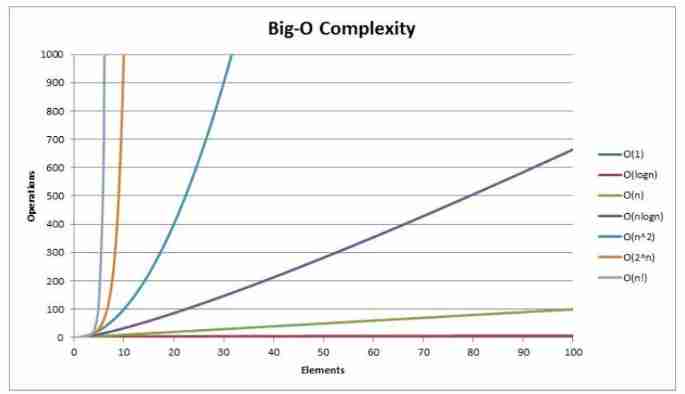
Calculation of spatial complexity
So spatial complexity is the number of variables . Spatial complexity calculation rules are basically similar to practical complexity , Also used Big O Progressive representation
Big O Symbol (Big O notation): Is a mathematical symbol used to describe the progressive behavior of a function
The calculation method of space complexity is similar to that of time complexity , Are the worst calculations ( Maximum ) Complexity of case .
Explanation of previous examples :
// Calculation BubbleSort Spatial complexity of ?
void BubbleSort(int* a, int n)
{
assert(a);
for (size_t end = n; end > 0; --end)
{
int exchange = 0;
for (size_t i = 1; i < end; ++i)
{
if (a[i - 1] > a[i])
{
Swap(&a[i - 1], &a[i]);
exchange = 1;
}
}
if (exchange == 0)
break;
}
}
We established int*a,int n,size_t end, int eschange,size_t i5 The two variables are similar to the establishment of time complexity constant
O(1)
Example 2:
// Calculation Fibonacci Spatial complexity of ?
long long* Fibonacci(size_t n)
{
if (n == 0)
return NULL;
long long* fibArray = (long long*)malloc((n + 1) * sizeof(long long));
fibArray[0] = 0;
fibArray[1] = 1;
for (int i = 2; i <= n; ++i)
{
fibArray[i] = fibArray[i - 1] + fibArray[i - 2];
}
return fibArray;
}
We see long long* fibArray = (long long*)malloc((n + 1) * sizeof(long long));
We created longlong Type of N+1 And other constant variables
So the space complexity is zero O(N) ( Similar to using only the one that has the greatest impact on complexity )
Example 3:
// Compute factorial recursion Factorial Spatial complexity of ?
long long Factorial(size_t N)
{
return N < 2 ? N : Factorial(N - 1) * N;
}
Every time we call the function, we will create a variable and size_t N But we called N Degree function and established N individual size_t N
So the space complexity is zero O(N)
边栏推荐
- HMS core machine learning service creates a new "sound" state of simultaneous interpreting translation, and AI makes international exchanges smoother
- [untitled]
- 树莓派设置静态ip
- Shangsilicon Valley JVM Chapter 1 class loading subsystem
- .net中 接口可以有默认实现了
- Function reentry, function overloading and function rewriting are understood by yourself
- Install torch 0.4.1
- Huawei and Xiaomi "copy each other"
- Jericho is in non Bluetooth mode. Do not jump back to Bluetooth mode when connecting the mobile phone [chapter]
- An error in SQL tuning advisor ora-00600: internal error code, arguments: [kesqsmakebindvalue:obj]
猜你喜欢

A 股指数成分数据 API 数据接口
![[tools] basic concept of database and MySQL installation](/img/9c/626e42097050517a13a2ce7cdab1bb.jpg)
[tools] basic concept of database and MySQL installation
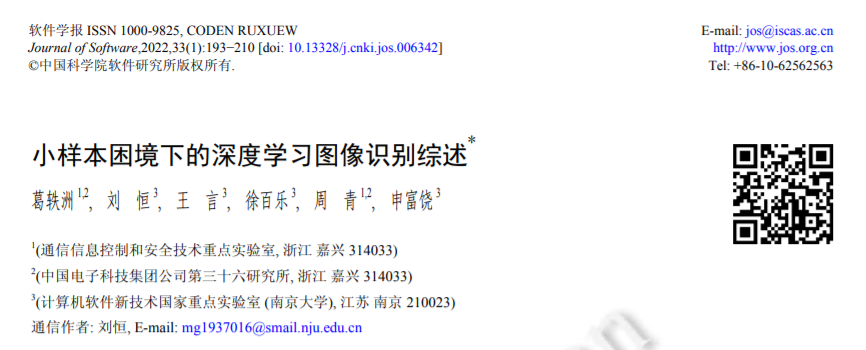
「小样本深度学习图像识别」最新2022综述
![Jerry's broadcast has built-in flash prompt tone to control playback pause [chapter]](/img/8c/e8f7e667e4762a4815e97c36a2759f.png)
Jerry's broadcast has built-in flash prompt tone to control playback pause [chapter]
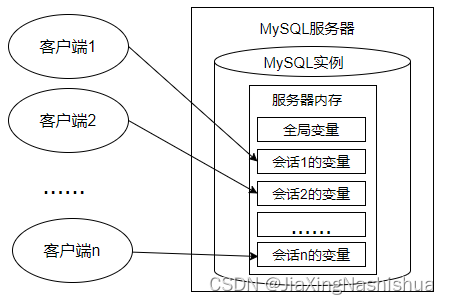
Variables, process control and cursors (MySQL)
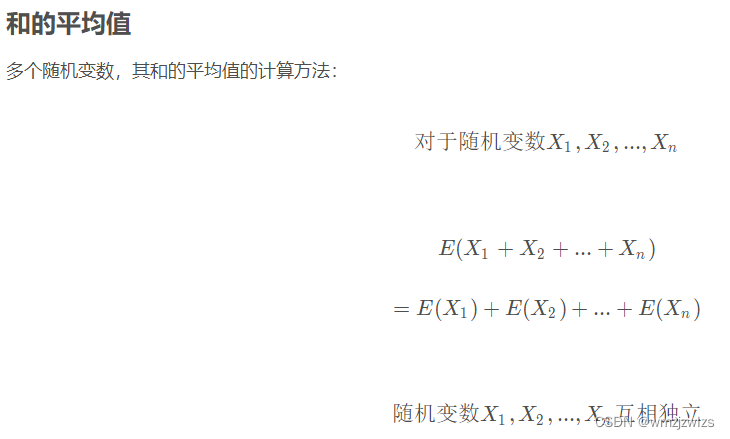
概率论公式

Open3d mesh filtering

Appx code signing Guide

Stored procedures and functions (MySQL)
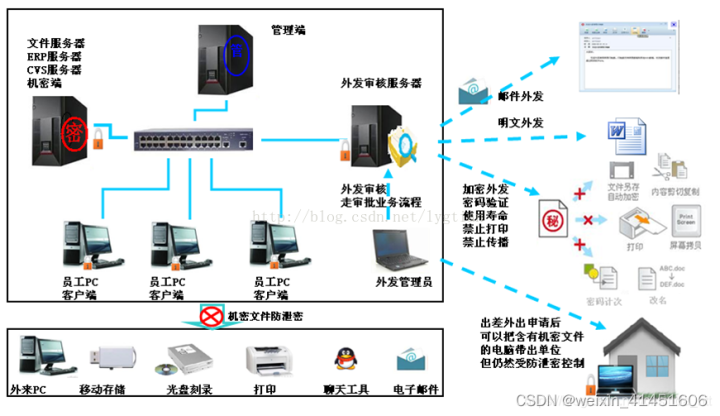
源代码保密的意义和措施
随机推荐
[untitled]
Appx代码签名指南
An error in SQL tuning advisor ora-00600: internal error code, arguments: [kesqsmakebindvalue:obj]
Sub pixel corner detection opencv cornersubpix
input_ delay
R数据分析:cox模型如何做预测,高分文章复现
Jerry's phonebook acquisition [chapter]
Delete data in SQL
[colmap] 3D reconstruction with known camera pose
HDU ACM 4578 Transformation-&gt; Segment tree - interval change
Vernacular high concurrency (2)
Significance and measures of source code confidentiality
大白话高并发(二)
Jerry's transmitter crashed after the receiver shut down [chapter]
美国空军研究实验室《探索深度学习系统的脆弱性和稳健性》2022年最新85页技术报告
LAB1配置脚本
21. (article ArcGIS API for JS) ArcGIS API for JS rectangular acquisition (sketchviewmodel)
Jerry's question about DAC output power [chapter]
20.(arcgis api for js篇)arcgis api for js面采集(SketchViewModel)
Cryptography series: detailed explanation of online certificate status protocol OCSP